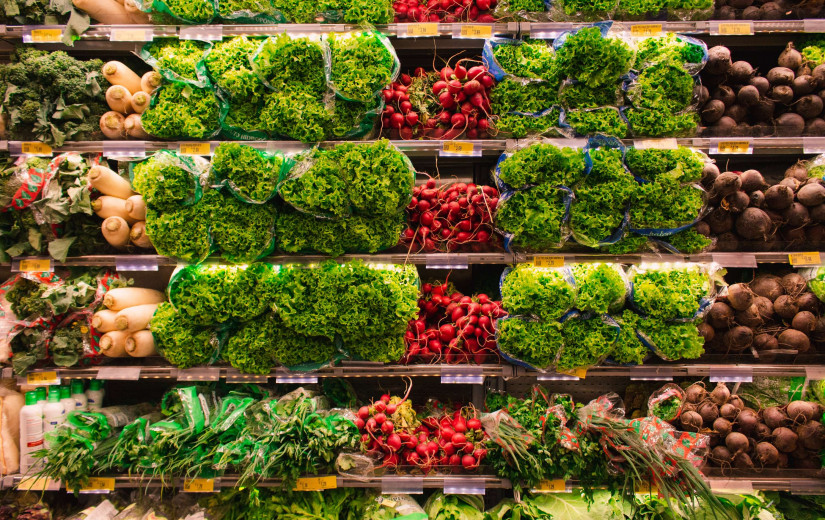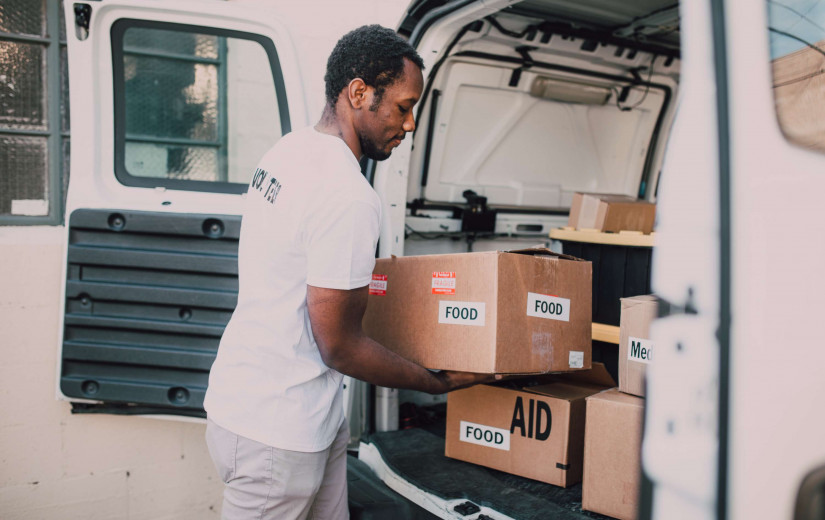Food Stamps: The Government's Effort to Help Americans Eat Healthier Meals
The Supplemental Nutrition Assistance Program (SNAP), more commonly known as food stamps, is a government assistance program that provides low-income Americans with money to purchase food. The program's goal is to help recipients eat healthier meals, which seems to be succeeding. The program has helped participants know the best times to buy food and how to cook more nutritious meals. However, the government has initiated various ideas for assisting Americans to eat healthier diets, including the following:
1. They Should Treat Food as Medicine
It's a simple concept that's often forgotten in the modern world. Your body can function properly and fight off disease by eating healthy foods. Therefore, people should not rely on food stamps but should use them as a supplement to their diet. The program can't supply everything people need to be healthy. Furthermore, doctors provide medicine, and patients should eat healthy meals to recover.
2. They Should Buy Fruits, Vegetables, and Lean Protein
The government emphasizes the need for SNAP recipients to buy food items that benefit their health. Fruits and vegetables are good sources of vitamins, minerals, and fiber and are also low in calories and fat. SNAP recipients should choose fresh, frozen, or canned fruits and vegetables without added sugar or salt. In other words, they should focus more on calorie intake than quantity.
Protein helps people feel full and can get them from lean meats, poultry, fish, eggs, nuts, seeds, and legumes. SNAP recipients should choose leaner cuts of meat and avoid processed meats. They should also cook meat, poultry, and fish without adding saturated or trans fat.
3. They Should Limit Their Intake of Sugar and Saturated Fat
Sugar provides calories but few other nutrients, so limiting foods and drinks high in sugar is best. The AHA, American Heart Association, recommends no more than six teaspoons (25 grams) of added sugar per day for women and no more than nine teaspoons (38 grams) for men. Check food labels to find out how much sugar is in a product.
Saturated fat can raise your LDL ("bad") cholesterol levels, leading to heart disease. The AHA recommends limiting your saturated fat intake to no more than 6% of your daily calories. SNAP ensures the food supplied has moderate fat, saturated fat, and sodium levels.
4. People Should Limit Salt Intake
According to AHA, people with high blood pressure, diabetes, or chronic kidney disease shouldn't consume over 2,300 mg of sodium daily. African Americans, people over the age of 51, and anyone with hypertension should consume no more than 1,500 mg of sodium daily.
Food stamp programs countrywide are working to help their recipients eat healthier by encouraging them to check salt intake. In some states, like Maine, food stamp recipients can use their benefits to purchase canning supplies to make lower-sodium meals.
5. Increase Whole Grains Consumption
The government advises people to consume more whole grains, which are associated with a lower risk of heart disease, stroke, cancer, and diabetes. According to the USDA, whole grains should constitute half of the daily intake. The USDA created the Whole Grain Resource list to make it easier for Americans to eat more whole grains that meet its standards. The government also offers subsidies to grain farmers, making it cheaper for Americans to buy whole grain products.
6. Free Meals in Schools
The United States government has been encouraging schools to provide free or low-cost meals to students since the Great Depression. In 1946, President Harry Truman signed the National School Lunch Act, which provided low-cost or free lunches to children from families with low incomes. President John F. Kennedy expanded it in 1962 to include breakfast, and the government expanded it again in 1968 to include snacks.
Schools that participate in the program receive reimbursement from the government for each meal they serve. They must also follow nutrition guidelines set by the U.S. Department of Agriculture (USDA). Over the years, NSLP has helped reduce hunger and improve nutrition among children from low-income families. The government continues to explore ways to improve the program. For example, in 2010, First Lady Michelle Obama launched the Healthy, Hunger-Free Kids Act, which updated nutrition standards for the first time in 15 years.
Although the government supports individuals through food stamps, it has executed a plan to help them not rely on stamps to get healthy meals. The above strategies will help individuals not only have access to food but also to have more nutritious options. The government is working to reduce hunger and improve nutrition for all Americans by enhancing the food assistance program and investing in communities.

















